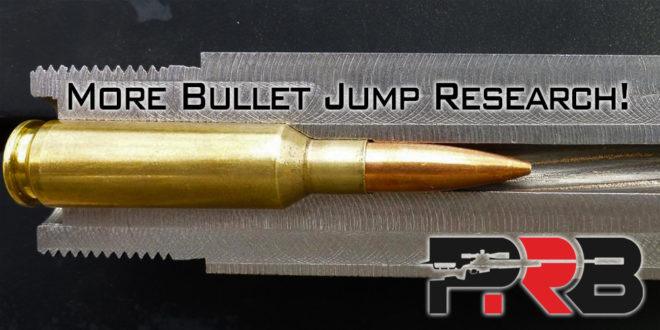I agree with you, concentricity does make better groups. What I'm getting at is along the lines of one of Mike's points, if you want to test something get out of the node. So while a honed die is the best option long run, in the short run experimenting with the bushings and mandrels in a not-good place for concentricity is fine because you know you can tune out the effects induced by it because you've done it.
Let me try another way - accept worse groups while you're messing with the neck setting and deciding which spec to get a honed die for. The groups will get better when you start using the correctly spec'd die and runout gets better again. Or you might already have the spec, if you're happy with the bushing mandrel you have, order the die for that spec. But you just introduced annealing, so it might take a few loads to get to a consistent spec again.
One more anecdote - when testing a barrel tuner, you WANT bad groups so you can really see how the tuner moves them. So you have to find a bad load to test the one particular thing you're changing. If you shoot one hole at 100, there's no real way other than going really far away to see the changes. If you shoot 3" at 100 yards you can see the tuner swing the group around. You want to see the effects of seating depth, so pick a charge weight that makes bad groups so you can see the group size move with seating depth. When you bring the depth and charge node together, you should have a resilient, long lasting load going forward that doesn't need to be tweaked for a while.

 precisionrifleblog.com
precisionrifleblog.com

